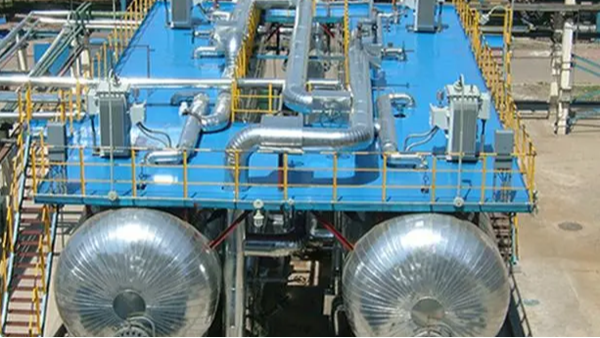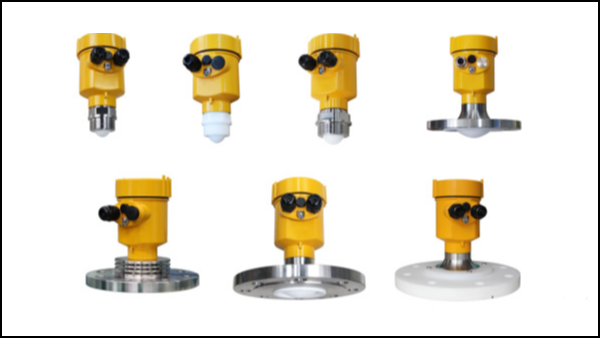Crude oil desalting aims to remove salt and other impurities from crude oil to protect downstream equipment and ensure product quality.
In this process, accurate monitoring and control of the liquid level of raw materials and materials during processing is the key to ensuring production efficiency and safety.
Therefore, the application of radar level meter is particularly important. With its high precision, reliability and non-contact measurement method, it plays an indispensable role in the crude oil desalination process.

The crude oil desalting process involves mixing crude oil with water and demulsifiers, and subjecting it to an AC electric field treatment through an electric desalter, causing tiny water droplets to gather into large water droplets and settle, thereby achieving the purpose of removing salt.
During this process, the oil-water interface of the electric desalter needs to be monitored in real time to ensure the continuity and effectiveness of the operation.
Traditional liquid level measurement technologies such as floats and pressure sensors often have problems such as difficulty in maintenance and low accuracy. The radar level meter provides an innovative solution.
The radar level meter uses microwave signals to measure. Its principle is to emit microwave pulses to the surface of the medium and receive the reflected signals, and determine the height of the liquid level by analyzing the time difference of the echoes.
This technology is not affected by changes in the medium and can work stably even in harsh environments such as high temperature and high pressure, steam, foam, and viscous substances.
During the crude oil desalting process, radar level meters can accurately monitor changes in the oil-water interface and provide reliable data support for operators.

Specifically, the application of radar level meters brings the following advantages:
1. Improved measurement accuracy: Because radar level meters use high-frequency microwave signals, their measurement accuracy is as high as millimeter level, which is very important for accurately controlling the oil-water interface. Location is of great significance.
2. Enhanced process control: Accurate liquid level information helps optimize the desalination process, reduce energy consumption, and improve crude oil processing efficiency and quality.
3. Reduce maintenance requirements: Non-contact measurement avoids corrosion, contamination and other problems caused by traditional instruments due to contact with media, greatly reducing maintenance costs and downtime.
4. Improve safety level: Radar level gauges can detect abnormal conditions in time, such as liquid levels that are too high or too low, thereby avoiding oil spills or other potential safety risks.
5. Strong adaptability: Whether on offshore platforms or land oil fields, radar level meters can adapt to various complex working environments to ensure the stability and reliability of measurement.

The application of radar level meters in the crude oil desalination process not only improves the technical level of liquid level monitoring, but also significantly improves the efficiency and safety of the entire petroleum processing process.
With the advancement of science and technology, the functions and application scope of radar level meters will be further expanded, making greater contributions to the sustainable development of the petroleum industry.
